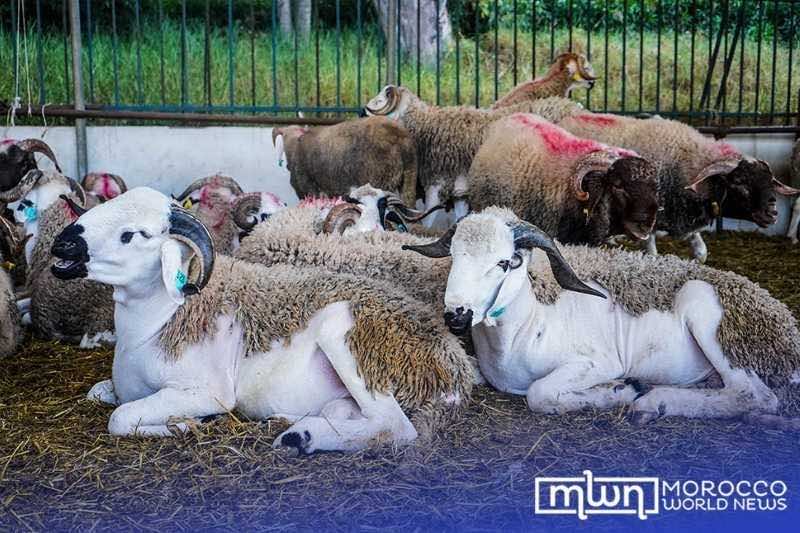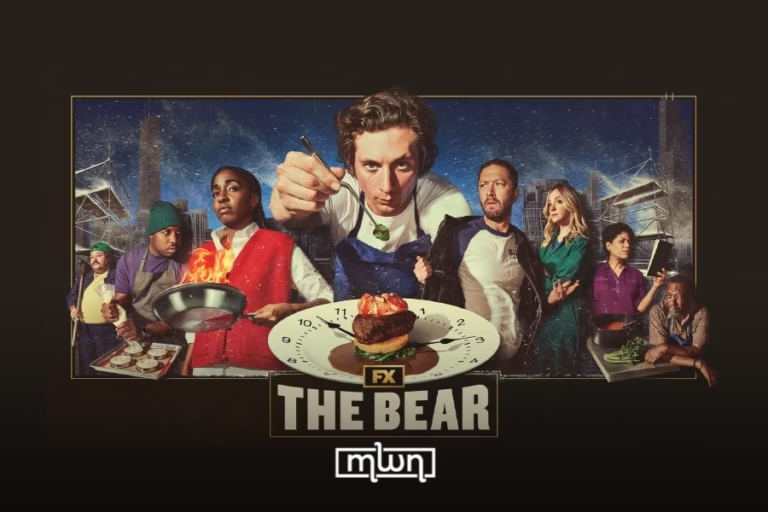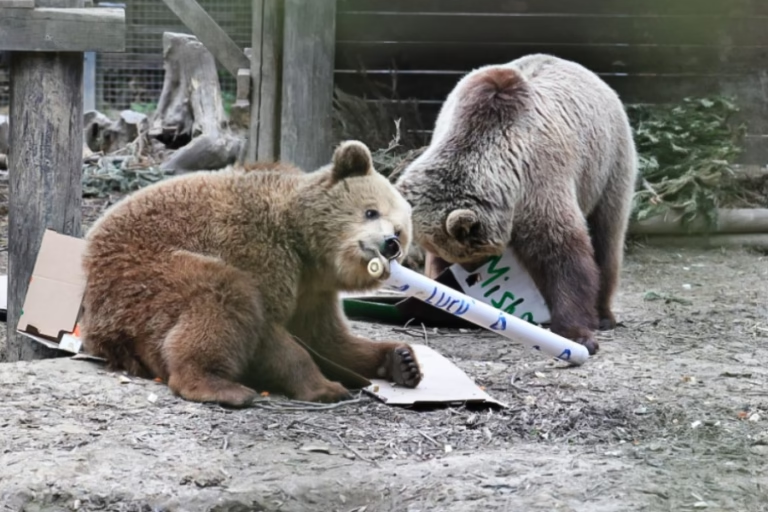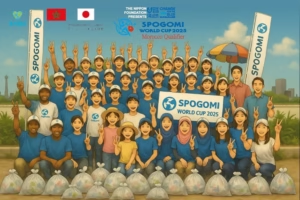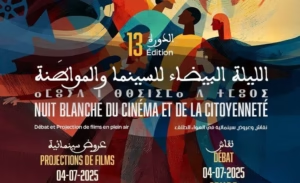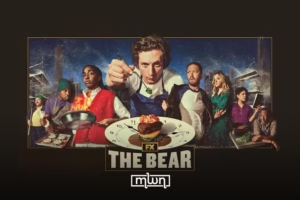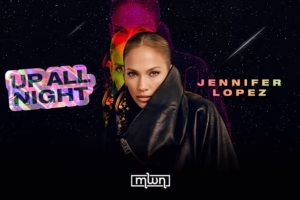Eid Al Adha, otherwise known as Eid Al Kbir (the Big Holiday), is one of the most significant holidays celebrated in Morocco. Its steadfast traditions and rigorous preparations fill the holiday with elated memories and create fond customs unique to every family.
Religious Background

From a religious standpoint, this holiday serves as “The Feast of Sacrifice,” as it marks God’s message to the Prophet Ibrahim which ordered the sacrifice of his son, Ismael. To the Prophet Ibrahim, this order served greater significance and acted as a test from God.
As a loyal servant of God, Ibrahim began to prepare for the slaughter of his son. However, before Ibrahim could complete the sacrifice, the angel Gabriel arrived and informed the prophet that his order had been fulfilled. Instead of sacrificing Ismael, Ibrahim was told to slaughter a ram in his place. Thousands of years later, Muslims around the world use Eid Al Adha as a way to honor Prophet Ibrahim and engage in a day of celebration and traditions.
Morning Festivities

In Morocco, this event often begins with an early wake up followed by a morning prayer at a local mosque. Families dress in their best clothing – often selected prior to the Eid in preparation of a day filled with festivities.
The breakfast table during Eid is adorned with Moroccan delights that include M’hamessa, a salty soup-like dish, Msemen and Bghrir, which are often referred to as Moroccan pancakes, and many other mouth-watering treats. As Eid Al Adha requires the help of every member of the family, children often clean up the table after each meal- while the adults take on the heavy labor.

Following breakfast, the main activity of the day ensues: the slaughtering of the sheep which is typically performed by the head of the family. This is either the father, grandfather or older brother, although they sometimes receive help from a professional butcher. After the celebrations, each part of the sheep is put to use in some way. Even the wool can be used as a carpet!
Evening Festivities
During lunch, families join together over a shared meal. Whether it be Boulfaf (pieces of meat covered by skin), Kebda (liver), or even Mekh (brains), no part of the sheep goes to waste.
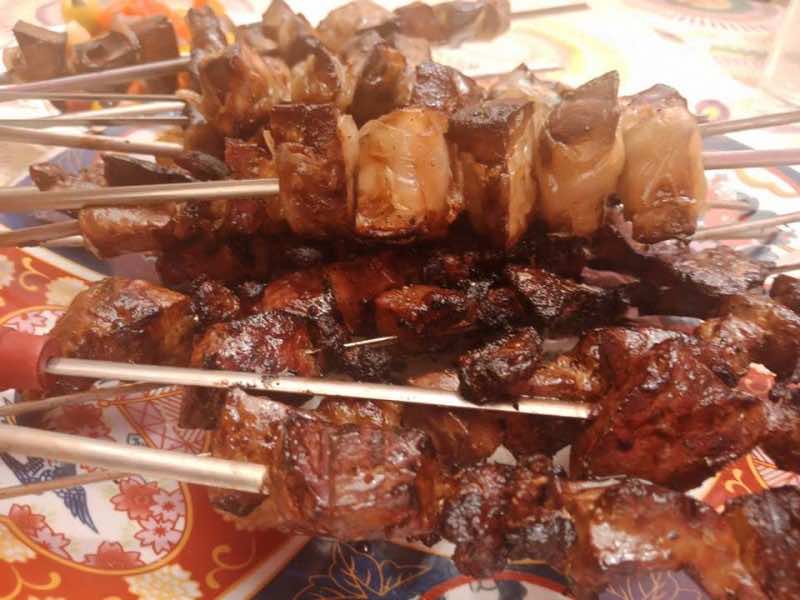
The preparation of each of these meals follows a unique, meticulous process. Boulfaf, for instance, is made through heavy knife-working; after stripping the skin of the sheep, the skin is sanitized and then stretched on a clean surface to dry. Later, the skin is cut into pieces and used to cover pieces of meat- this can include Kebda or other organs.
Despite what the name suggests, cooking Mekh is a relatively easy process. All it calls for is spices for added flavor before being cooked for a few hours on medium-heat.
Regardless of their odd descriptions, these meals are highly popular and remain an integral part of the Eid celebration among many Moroccans.
After what feels like an eternity of eating, Eid Al Adha celebrations then call for an evening of family time accompanied by a plethora of Moroccan treats and, of course, Moroccan tea.
The treats are either bought or prepared prior to the event, and during this period, the tables are filled with Moroccan coconut snowball cookies, a jam-filled, buttery relish, Moroccan walnut cookies, and even Mhensha, a circular treat stuffed with almonds and touched with hints of orange-blossom water.
For dinner, most families end the day with eating couscous, a famous Moroccan dish filled with vegetables, meat, and dried fruit. Stories of the day are shared at the dinner table, while the children anxiously await their cherished Eid money.

While the order of these events might differ from family to family, their fundamental contents rarely change. This “food-focused” holiday encompasses what it means to be Moroccan; it places emphasis on Moroccans’ culture of generosity and sharing, as well as their undying love for food and strong attachment to traditions.
Read Also: Eid Al Adha 2022: King Mohammed VI Grants Pardon to 979 People

